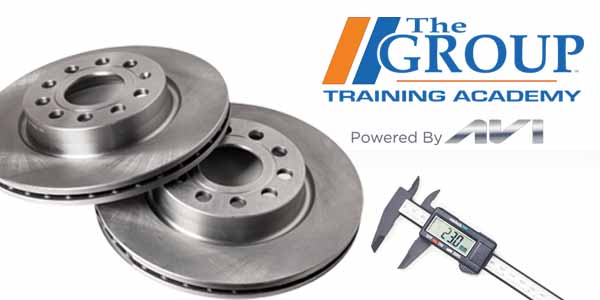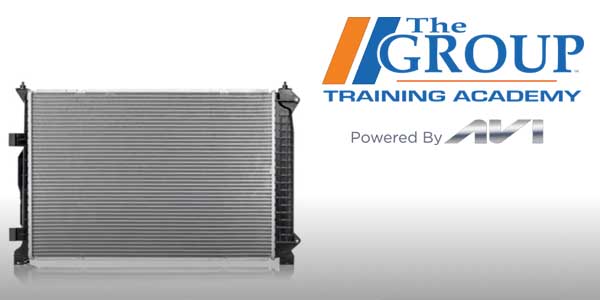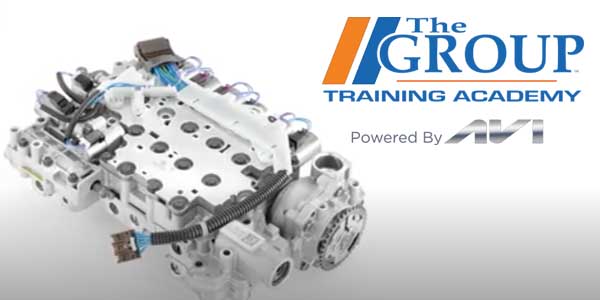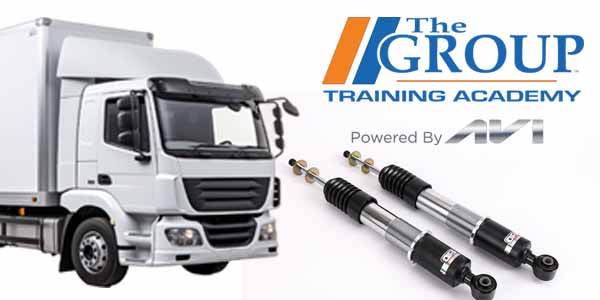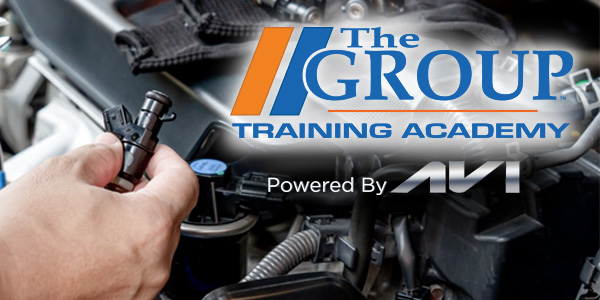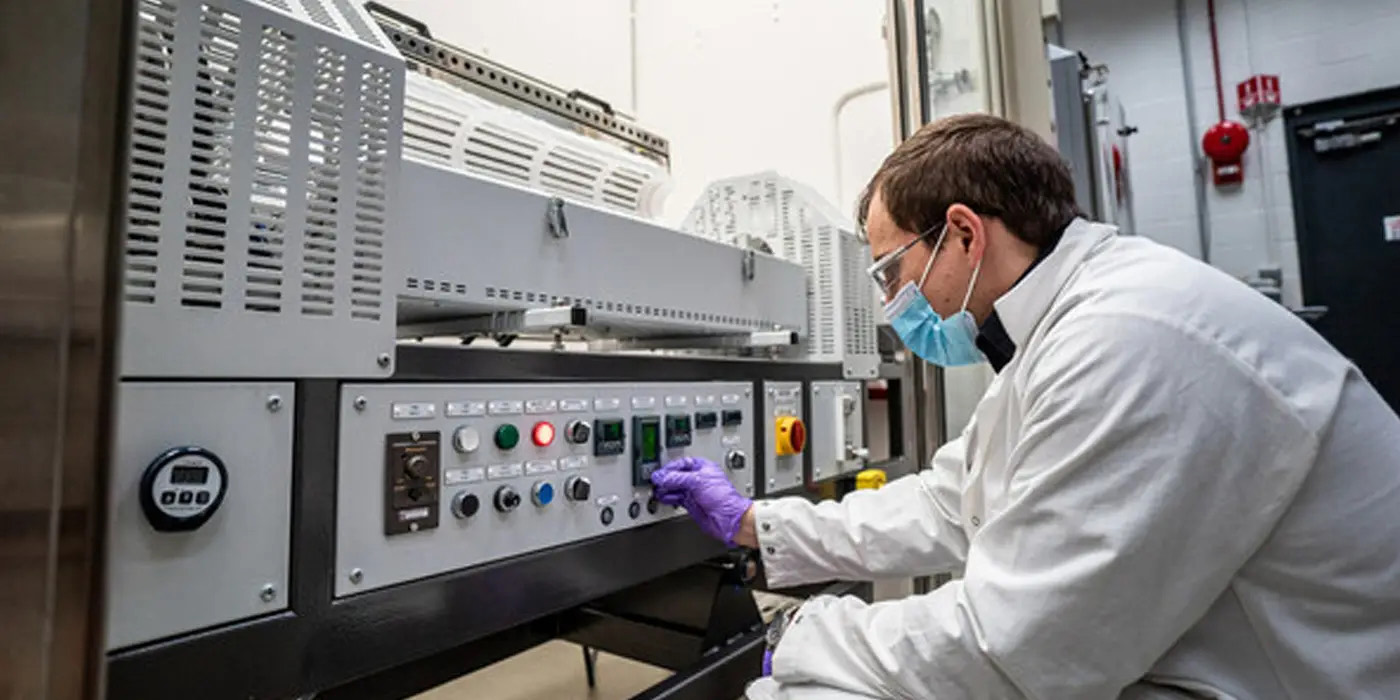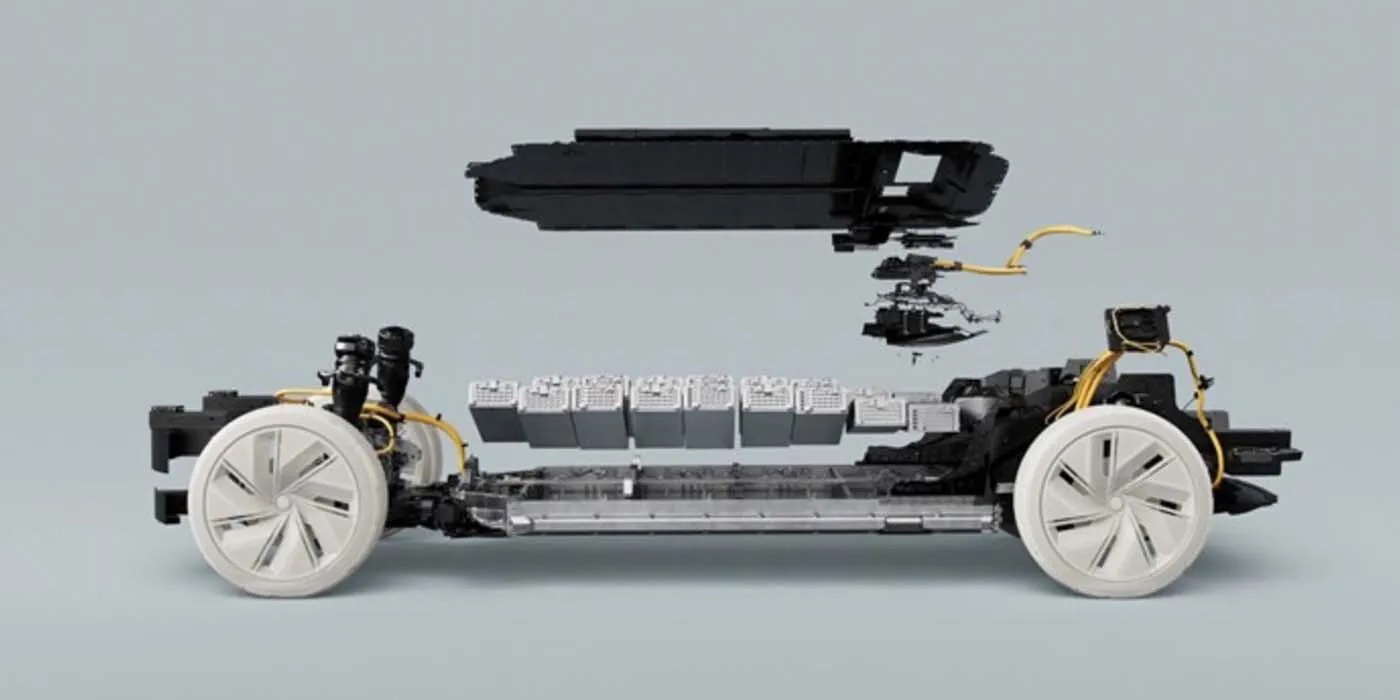When a check engine light comes on, your customers want the right part to ensure that light goes off and stays off. They turn to you for expert advice, so be sure you have the correct parts they need when they need them. There are many different components that make up the EVAP system. They can read like alphabet soup sometimes, so it’s important that you know how to understand a customer’s complaints. Equally important, you need to recommend the right replacement to eliminate their problems. Modern evaporative emission control systems are selective with how they vent vapors back into the engine. The PCM will select the right engine temperature and throttle position to purge the system. They’re also very selective when system checks are performed. A computer is constantly monitoring the results of the command sent to the valves. With the help of sensors mounted in the tank and the EVAP canister standards, complete EVAP program includes products that match OE design performance to keep vehicles running clean.
Let’s clear the air about some of them. Canister, purge solenoids, often called canister. Purge valves often fail and become stuck open or close. When this happens, the EVAP system is not able to properly purge itself. This can affect fuel mileage. Fuel vapor canisters act as both a filter and a storage container for evaporative emissions. Over time, they lose their ability to filter out harmful emissions. Many techs opt to install new canisters when they’re replacing failed hoses, canister per solenoids or eims. The evaporative system integrity module, also known as an evaporative system, integrity Monitor or eim, is a key component of the EVAP system on many late model Chrysler, Dodge, Jeep, Ram trucks and fiat vehicles. The EIM doesn’t contain a solenoid, but uses weights, a diaphragm, and a switch to detect pressure differences across a variety of conditions. In addition, standard offers the other evap components your customers are likely to need as well, including canister, vent valves, canister, vent solenoids, and leak detection pumps and hoses.
Some of standards other emission control components include exhaust gas recirculation products such as EGR valves, control solenoids position sensors, pressure sensors, and EGR tubes. The comprehensive crank case emissions program includes crank, case, breather hoses, crank case filters, and PCV valves. All standard emission control products are engineered to match OE performance to keep today’s complex emission systems operating as designed standard, even test its emission components in the lab and on vehicles at their vehicle testing center in Texas to make sure they integrate correctly with complex emission systems regardless of what the problem is. Standard has you covered with a complete emission control program that includes thousands of precision engineered components for crank case exhaust, gas, recirculation, evaporative, and even diesel emissions. Your customers can depend on you to provide a replacement part that has been designed, developed, tooled, manufactured, and tested to perform properly and withstand real world conditions. Every time. When it comes to emissions, many people believe it’s only what can be measured at a testing station that counts. In truth. It’s really about managing everything that enters the environment from the vehicle. By helping to maintain the cars on the road today, we’ll ensure a cleaner planet and a healthier aftermarket for years to come. Thanks for watching.

